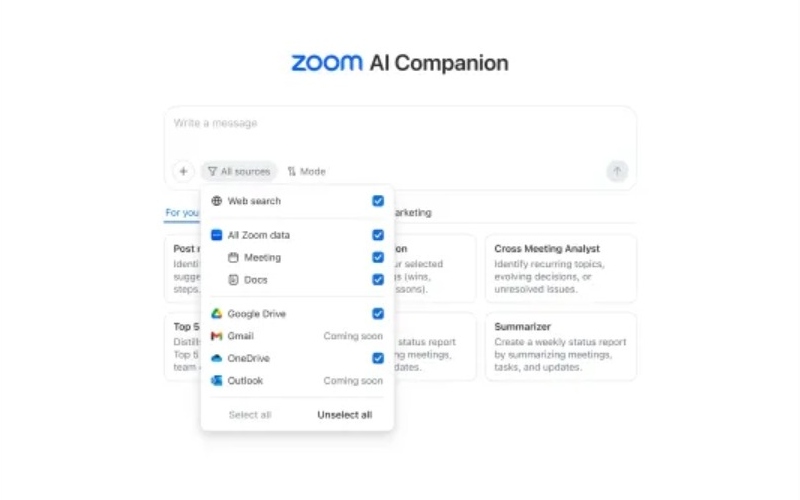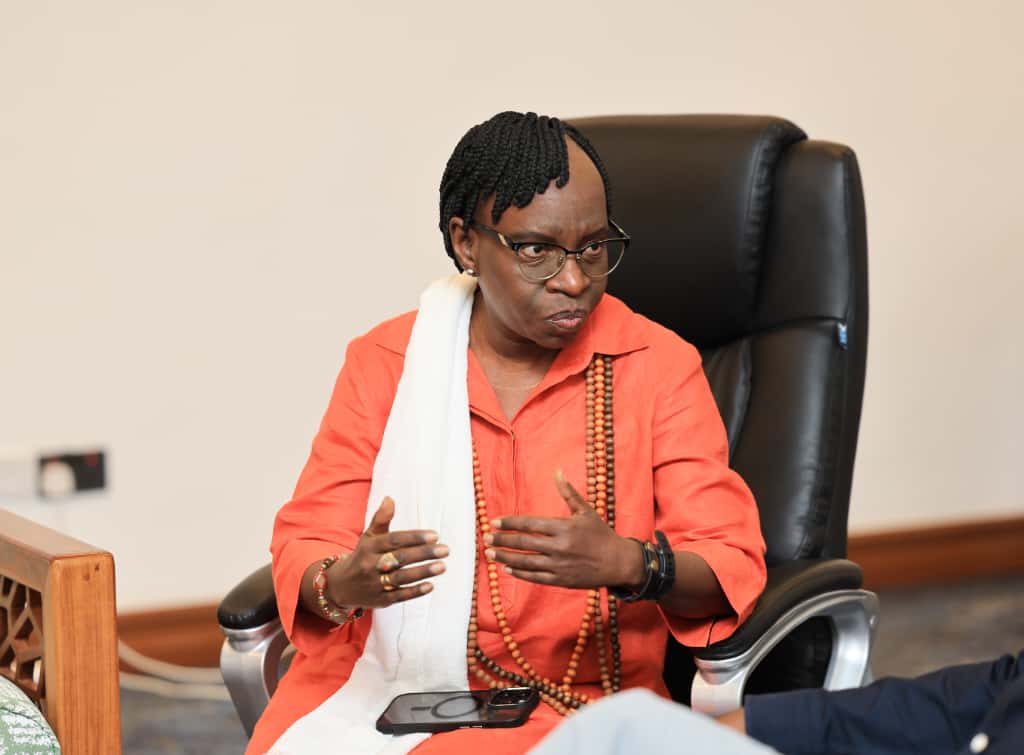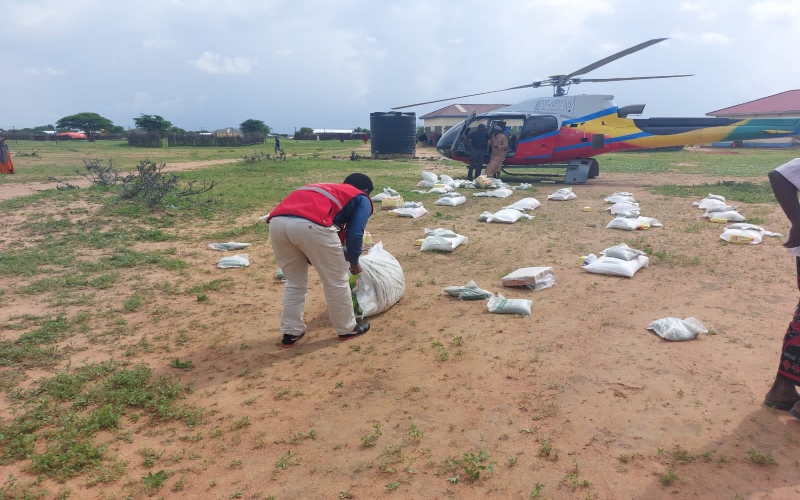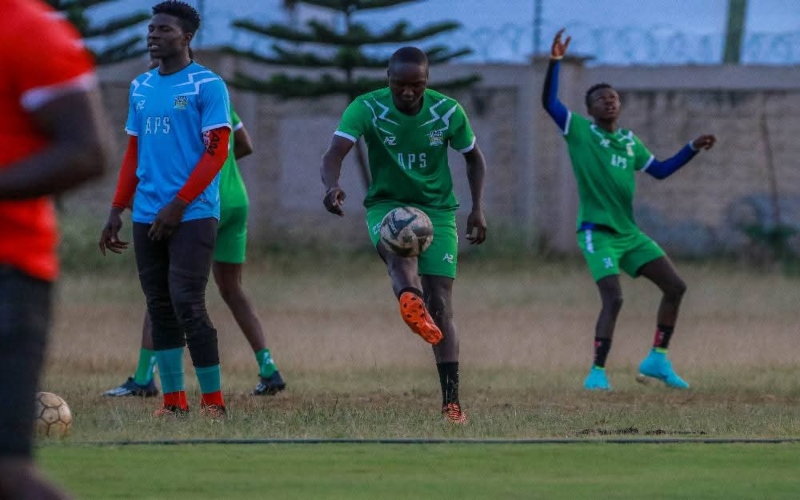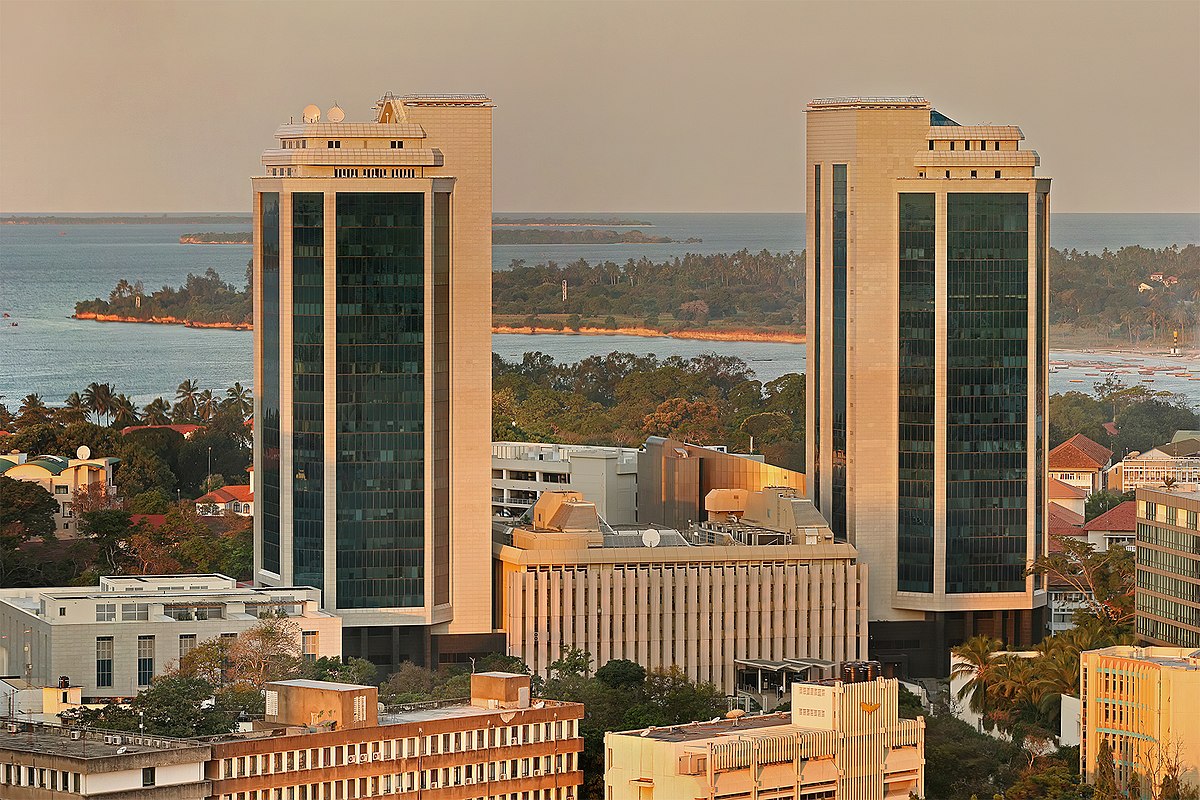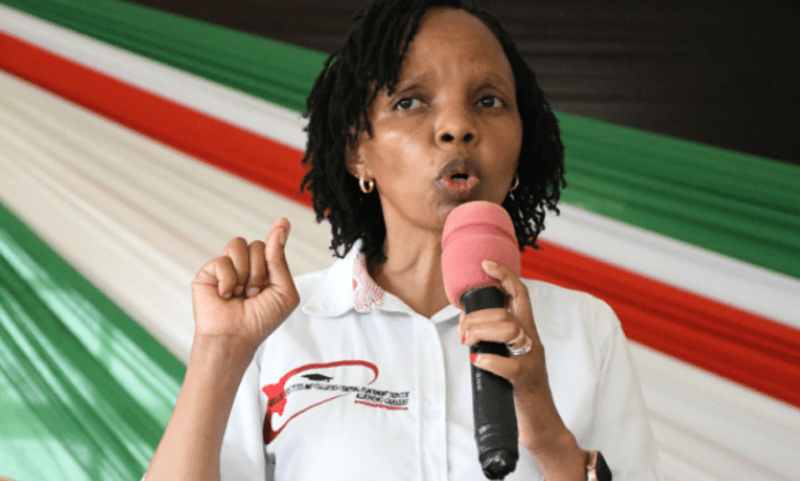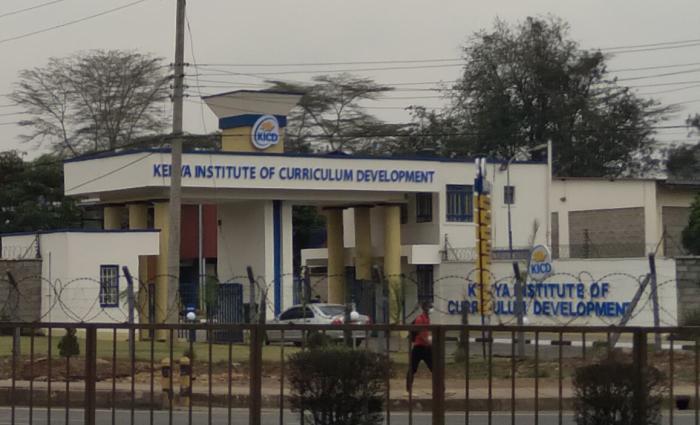Teen mother’s journey highlights gaps in prenatal care for rural Kenyan women

In Kenya, many pregnant women, especially in rural and low-income areas, miss out on essential prenatal care like ultrasounds due to cost and accessibility barriers.
At just 19 years old, Rose* sits quietly beside her aunt at a hospital waiting area in Nairobi, her thoughts a world away. From a village in Bomet County, she has travelled hundreds of kilometres, holding tightly onto hope — hope that surgeons will give her one-year-old baby, born with a cleft lip and palate, a new chance at a normal life.
She had not planned her journey into motherhood, nor was she prepared for it. Like many young girls from humble backgrounds, the pregnancy came as a shock, and with it, a heavy dose of rejection and heartbreak.
More To Read
- Why antenatal clinic attendance is falling — and the deadly risks for mothers and babies
- Parliament flags exclusion of teen mothers, prisoners from SHA coverage
- New study reveals why young mothers in Kenya are at higher risk of preterm births
- Understanding cleft lip: The long road of multiple surgeries to a smile
- Delivering in fear: The untold impact of disrespect in childbirth
- New SHA policy places financial burden on parents of teen mothers
“When I told my parents, they were disappointed. My boyfriend turned his back on me, and I had no choice but to move in with my aunt, who does farm work to make ends meet.”
But nothing could have prepared her for what followed.
When she delivered at a small dispensary and finally laid eyes on her baby, shock washed over her. The child looked nothing like the others — his mouth and nose were not fully formed.
Superstitions and gossip
In her village, where superstitions and gossip travel faster than wildfire, a child born with a visible deformity quickly becomes the subject of endless speculation and stigma.
“In the village, people believe so many strange things. Some said I must have done something wrong during pregnancy, and others whispered behind my back. I became the talk of the community — not just for disappointing my family, but for bringing a child like this into the world,” Rose says.
Growing up in a rural area, prenatal care was as basic as it gets. Regular ultrasounds or advanced screenings were out of reach for women like Rose.
“People told me scans were only for those who wanted to know the baby’s gender or for the rich. I didn’t even think of it as important — and even if I had, we didn’t have the money,” she explains.
In a community where giving birth outside marriage is heavily frowned upon, Rose’s only sources of information during her pregnancy were her aunt and the nurses, who offered little beyond the basics, such as checking her weight, monitoring blood pressure, and a few lessons on breastfeeding in the final weeks.
For weeks, the family lived in fear and confusion, struggling to understand the baby’s condition, as whispers and blame circled around Rose, not only for her choices but also for bringing a child with a deformity into the world.
In Kenya, many pregnant women, especially in rural and low-income areas, miss out on essential prenatal care like ultrasounds due to cost and accessibility barriers.
Birth defects
This lack of early detection means that serious birth defects often go unnoticed until birth, when treatment options are limited.
Studies conducted at Kenyatta National Hospital (KNH) have revealed an alarming prevalence of congenital anomalies, at 19.4 per cent, a figure far higher than the global average of 3-7 per cent. Experts believe that with better access to prenatal care and early diagnosis, some of these conditions could be managed or treated sooner.
According to the 2022 Kenya Demographic and Health Survey [8], only 59 per cent of women aged 15-49 attended the recommended four antenatal care (ANC) visits, despite the World Health Organisation (WHO) now advising at least eight contacts throughout pregnancy.
Also, just 31 per cent of women sought care early enough — within the first 12 weeks of pregnancy — to fully benefit from screening and treatment for common pregnancy-related conditions. The combination of delayed ANC attendance and frequent shortages of essential testing supplies limits the effectiveness of care, often resulting in late diagnoses.
Comprehensive antenatal care
Rubbina Machoka, a nurse and midwife based in Nairobi, emphasises the vital role of comprehensive antenatal care (ANC) in promoting healthy pregnancies and preventing avoidable complications, including birth defects.
She explains that antenatal care is not simply about monitoring weight and checking blood pressure, as many women assume, but about equipping mothers with accurate information, timely interventions, and personalised support throughout their pregnancy journey.
"One of the most important aspects of ANC is providing mothers with sufficient knowledge, including recommending routine ultrasound scans, which are not just for knowing the baby's sex but for helping identify underlying health issues or structural abnormalities early enough," Machoka explains.
She notes that early detection through proper screening can make a significant difference, especially for conditions that can be addressed either during pregnancy or immediately after birth, reducing the risk of complications and long-term disabilities.
However, Machoka points out that inconsistency in attending ANC clinics, especially in rural and underserved communities, often limits the scope of care.
When mothers miss appointments or delay seeking care, potential issues, including birth defects, are rarely detected in time, leaving families both unprepared and overwhelmed at delivery.
Hands-on assessments
"Other than scans, we also perform hands-on assessments such as belly rubbing, which not only helps in monitoring the baby's growth but can guide us in repositioning the baby if they're not lying correctly. During these visits, we also advise mothers on nutrition, supplement intake, and the necessary steps to help reduce the risks of birth defects," she says.
Machoka stresses that antenatal care is designed to empower women to make informed decisions about their pregnancy.
Early interventions — like recommending folic acid, screening for infections, or managing chronic conditions such as diabetes and high blood pressure — are some of the crucial steps that help lower the risk of birth defects.
She also highlights the need for special attention in cases involving female genital mutilation (FGM), which can complicate both pregnancy and delivery.
Congenital disorders
WHO defines congenital disorders — also known as birth defects, congenital anomalies, or malformations — as structural or functional irregularities that develop during a baby’s time in the womb. These conditions can be identified before birth, at delivery, or sometimes much later in life.
Globally, it’s estimated that around 6 per cent of all babies are born with some form of congenital disorder, contributing to hundreds of thousands of infant deaths each year. However, the actual number could be even higher, as many statistics do not account for stillbirths or pregnancies that are terminated after a diagnosis.
While some congenital conditions, such as cleft lip and palate, clubfoot, and hernias, can often be corrected through surgical or non-surgical treatment, others, like heart defects, neural tube defects, and Down syndrome, can have lifelong consequences for both the child and their family.
Congenital disorders remain one of the leading contributors to the global burden of disease, particularly in low- and middle-income countries, where access to timely diagnosis and corrective care is often limited. In many cases, treatable conditions like clubfoot go unmanaged, resulting in disabilities that could have been prevented with early medical intervention.
Birth defects can be identified during pregnancy through ultrasounds and genetic tests, at birth through physical examinations, or later via developmental screenings.
Early and regular antenatal care helps detect many conditions early, improving treatment chances. Some defects are visible at birth, while others emerge through health checks or developmental delays.
Top Stories Today



